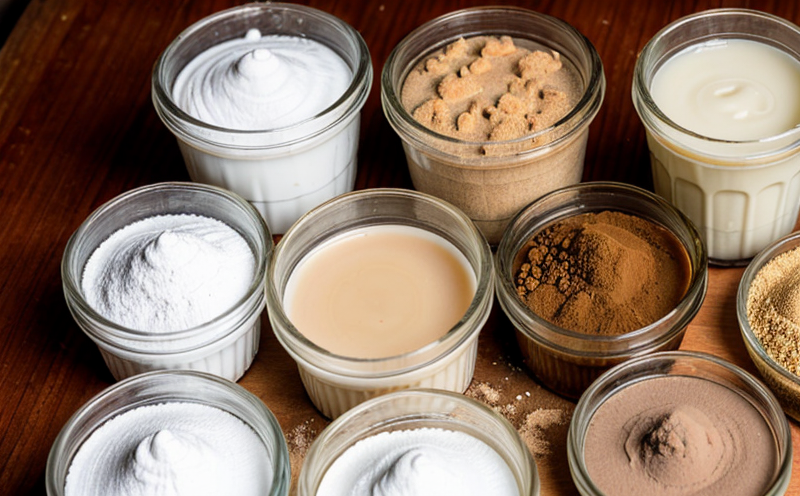USDA MLG 36.01 Mold Detection in Poultry Products
The USDA Manual of Official Methods of Analysis (MLG) provides a set of standardized methods for the analysis and testing of agricultural products, including poultry. One such method is MLG 36.01, which specifically addresses mold detection in poultry products. This service ensures that food safety standards are met by identifying molds that can potentially cause health issues.
Mold contamination in poultry products can lead to spoilage and the production of mycotoxins, which pose serious risks for both animal and human health. The presence of certain molds like Aspergillus flavus or Fusarium species can produce harmful compounds such as aflatoxin B1 and zearalenone, respectively. These toxins are not only detrimental to poultry but also pose a significant risk when these products enter the food supply chain.
Our laboratory employs state-of-the-art equipment and methodologies to adhere strictly to MLG 36.01 guidelines. This includes initial sample preparation where samples are ground, homogenized, and diluted according to specified ratios. The method then involves plating procedures using appropriate media to encourage mold growth, followed by incubation periods under controlled conditions.
Microbiological analysis plays a crucial role in detecting molds; our technicians use stereomicroscopes or automated colony counters to enumerate the colonies formed on the plates. Identification of these molds is done based on morphological characteristics and biochemical tests where necessary. Once identified, results are reported against established thresholds defined by MLG 36.01.
This service not only helps in ensuring compliance with regulatory requirements but also aids companies in maintaining their reputation as providers of safe and high-quality poultry products. By adhering to these stringent standards, we help our clients meet international quality assurance benchmarks set forth by organizations such as the World Organization for Animal Health (OIE).
Why It Matters
Mold detection in poultry products is critical due to several reasons. Firstly, it prevents contamination that could lead to spoilage and loss of product quality. Secondly, it safeguards public health by eliminating the risk of mycotoxins entering the human food chain. Lastly, compliance with regulatory standards enhances consumer confidence and supports brand integrity.
- Prevention of Spoilage: Mold can significantly reduce shelf life, leading to financial losses for producers.
- Risk Mitigation: Ensures that harmful substances do not reach consumers.
- Regulatory Compliance: Adheres to strict FDA and USDA guidelines ensuring legal compliance.
Benefits
Implementing mold detection services through MLG 36.01 offers numerous advantages:
- Enhanced Product Quality: Ensures that only high-quality products reach the market.
- Promotes Consumer Trust: Builds a positive brand image and loyalty among customers.
- Achieves Regulatory Compliance: Meets both national and international regulatory standards.
Use Cases and Application Examples
This service is particularly useful for poultry processors, feed manufacturers, and retailers who need to ensure the safety of their products. Here are some examples:
- Poultry Processing Plants: Regular testing helps in maintaining consistent product quality.
- Feed Mills: Ensures that raw materials used do not contain harmful molds.
- Retail Outlets: Provides assurance to consumers about the safety of purchased products.





